WS 2019/20: Structural diversity in plants and fungi: from form to function
Structural traits in leaf domatia of Melastomataceae
Many species from different genera of the tribe Miconieae (Melastomataceae) develop leaf pouches (domatia). They are qualitatively distinct organs derived from modifications of the leaf lamina and allow obligate mutualisms with ants. The leaf pouches are either used as nesting space or as waste chamber. The ants have a significant anti-herbivorous effect and in return the host-plants receive nutrients from debris stored in the domatia. During this project we will investigate whether different use of the leaf pouches (nesting space or waste chamber) leads to different structural adaptations or whether structural prerequistes lead to the decision of the ants how to use the pouches. To this end, using microscopic and computer tomographic methods the difference between leaf lamina, nesting pouche and waste pouche of Clidemia, Conostegia, and Tococa species will be analyzed with respect to anatomy, surface structure of the inner walls, as well as size and compartmentalization of the leaf pouche cavity.
Supervisor: Veronika Mayer
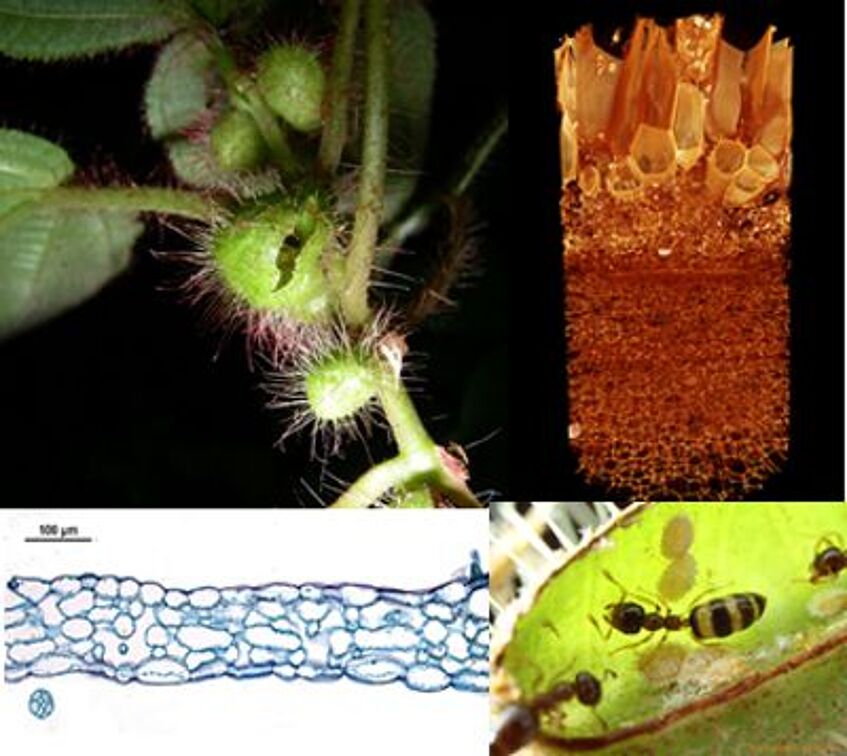
Divergent photosynthesis and gene regulation by smRNAs in allopolyploid marsh orchids
Whole genome doubling and hybridization profoundly shaped plant genome evolution. To be successful, first generations polyploids must quickly adjust their genome and function, thereby altering their ecological properties and adaptive success. This project will investigate the molecular basis of the eco-physiological divergence between two orchid allotetraploids (Dactylorhiza), focusing on different photosynthetic phenotypes including distinct leaf areas. Using an NGS based method (small RNA sequencing; data already available) and a reference genome, this project will explore the links between posttranscriptional regulation of gene expression and photosynthetic characteristics. The genomic results will be complemented with analyses of photosynthesis parameters.
Supervisor: Ovidiu Paun
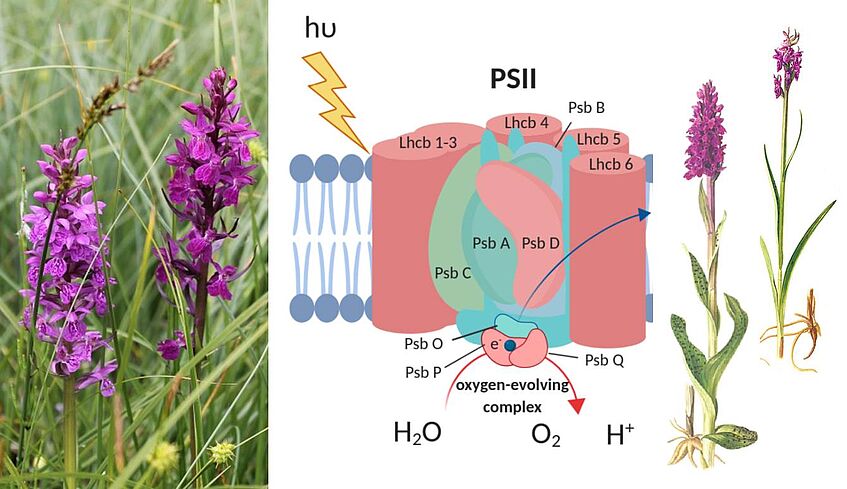
"Heavy rain": Simulation of metal adsorption to the model moss Physcomitrella patens
The Knappenberg near Vienna is a former mining site. The substrate still contains high amounts of Cu, Mn, Pb and Fe. We will use plantlets of the model moss Physcomitrella patens and expose them to a metal mixture of these elements reflecting the percentage at the natural habitat. Documentation of growth parameters after different exposure times will determine the toxicity level of the metals. In washing scenarios, we will simulate rain periods and analyse the adsoption of the respective metals to the moss surface. Methods also include sterile tissue culture and freeze drying optimization of moss plantlets.
Supervisor: Ingeborg Lang
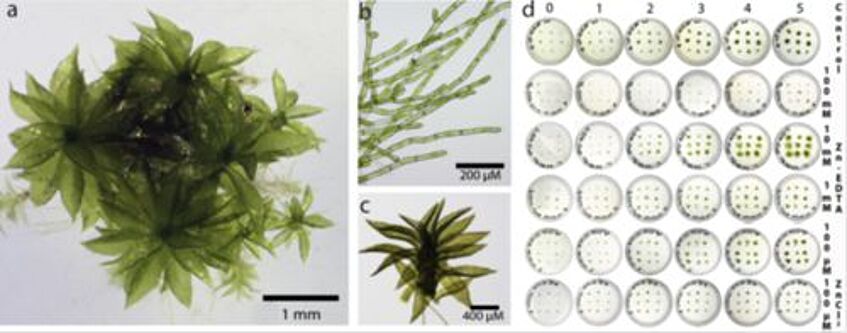
Structure and function of carnivorous plants
Carnivorous plants supplement their mineral nutrition by absorbing different species of nitrogen, phosphate, potassium, trace elements and small organic compounds from animals. For this aim, they have developed trap organs that carry glandular cells producing trapping mucilage and digestive enzymes. Also nutrient uptake often occurs via gland cells. Specific transporters serve for uptake into glandular cells of trap organs. Commonly, nutrients are engulfed by endocytosis. Yet, many questions still remain with respect to, for instance, morphology and anatomy of the traps, structure of the glandular systems, the production of attractants and signaling, the production of digestive enzymes, the uptake of digested proteins or the movement of leaves upon signals from animals.
Supervisor: Irene Lichtscheidl

Exploring floral shape change during anthesis
The plant tribe Merianieae (Melastomataceae) is characterized by flowers adapted to pollination by either bees, passerine birds or mixed assemblages of vertebrates (e.g. hummingbirds and bats). In all species, flowers change during anthesis but depending on pollination syndrome, different parts of the flower change (e.g. petals unfold). By comparing different anthetic stages of flowers of different Merianeiae species, we want to assess the trajectories of flower shape change in association with the three pollination syndromes.
Supervisor: Agnes Dellinger

Testing the relevance of farina production to population structure in Primula auricula along an altitudinal gradient in the Alps
The leaves of several species of Primula produce a characteristic farina, a structure formed by microscopic hairs that secrete an opaque wax. Farina quantity can vary strongly along the elevation suggesting a possible protecting role. This project will apply population genomics (RADseq) and physiological analyses to complement ongoing phytochemical analyses in order to investigate in detail the differentiation of populations of Primula auricula along an altitudinal gradient near Leopoldsteinersee.
Supervisors: Ovidiu Paun
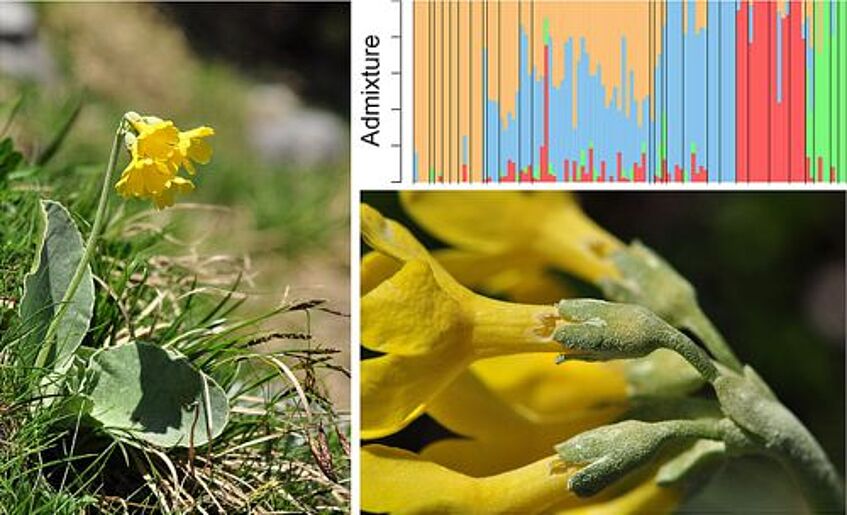
Mosses as pollen traps for forensic investigations?
Palynology is a basic field in science and serves as an essential tool for many scientific disciplines, such as plant systematics, melissopalynology, forensic palynology. In this project, a question related to forensic palynology will be addressed: (i) How similar are pollen assemblages in moss cushions and nearby surfacesoil? Mosses are excellent pollen traps and thus pollen sources. Pollen will be isolated from the moss cushions, acetolysed, and analysed according to forensic guidelines. Basic knowledge in Palynology is required.
Supervisor: Martina Weber & Silvia Ulrich
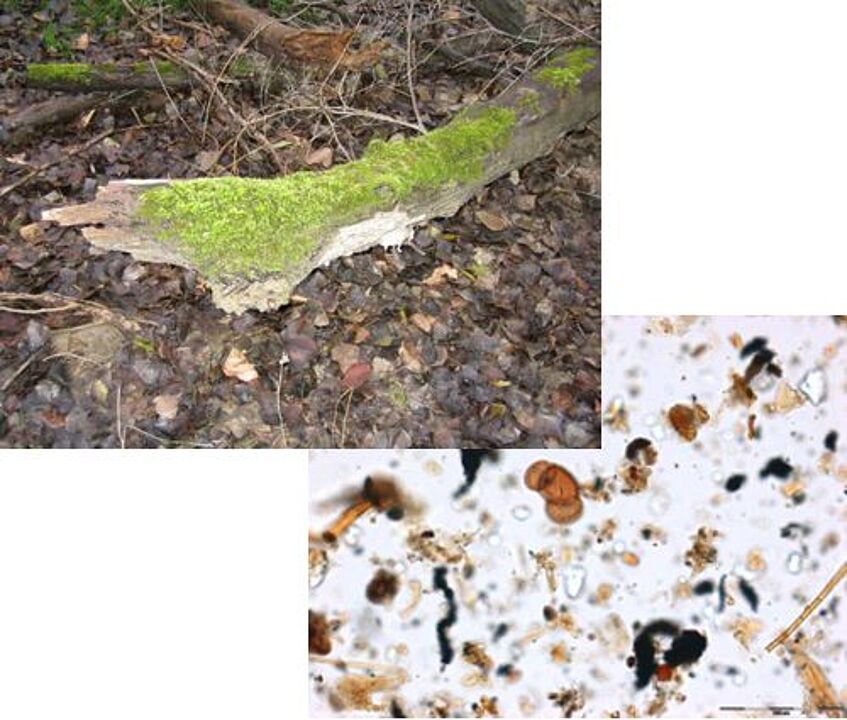
Evolution of repetitive DNAs in chile peppers (genus Capsicum)
Chiles (Capsicum spp., Solanaceae) are well-known vegetables and spices consumed worldwide. Most cultivated varieties belong to three species, but the genus includes over 30 wild species native to Central-South America. The current project aims at comparative analyses of the type and dynamics of two abundant repetitive DNAs in cultivated pepper, C. pubescens, using fluorescent in situ hybridization (FISH) and bioinformatic data analyses (RepeatExplorer). The data will be interpreted in the context of the evolution of repeats available for other wild chiles species. This will allow for better understanding of genome polymorphisms associated with human-assisted selection.
Supervisor: Hanna Weiss-Schneeweiss
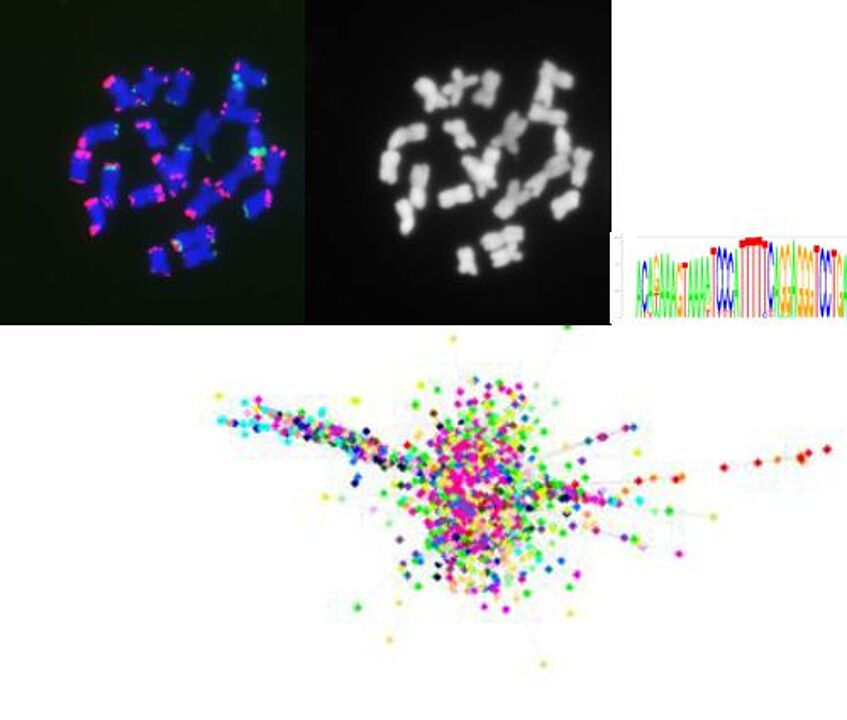
Environmental stress factors: heavy metals
Metals occur naturally in soil, and soil becomes polluted due to anthropogenic activities. Many of these metals are important micro-nutrients, but all become toxic if they are in too high concentrations. Some plants, however, have developed strategies to deal with this difficult environmental situation. Main topics of interest in this context are the interaction of plants and soil microbes, the localization of endophytic fungi and bacteria, and uptake and distribution of heavy metals in plants.
Supervisor: Irene Lichtscheidl
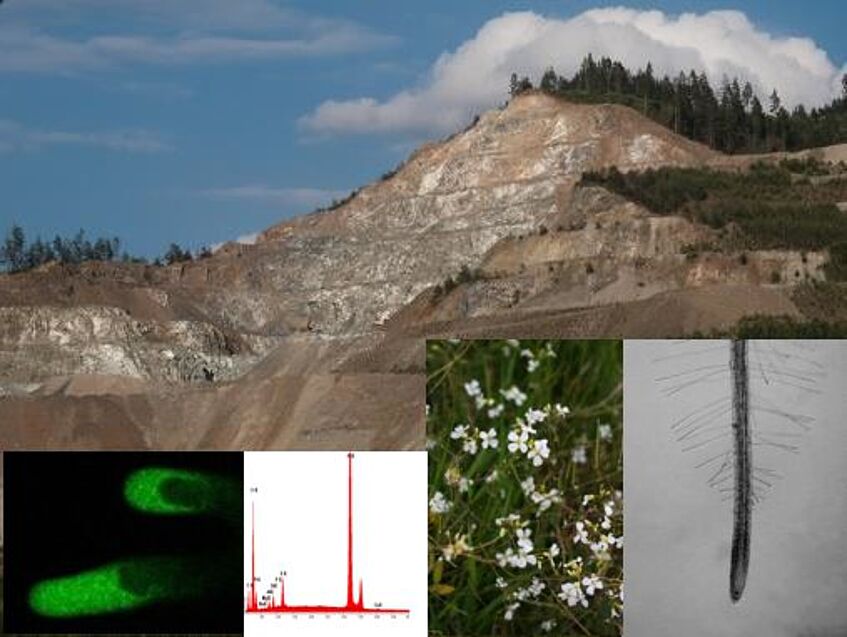
Using museomics to empower conservation efforts
Artemisia laciniata (Asteraceae) is critically endangered in Europe with its last population near Neusiedler See. Other natural populations are present more than 2,000 km away in the cold-dry steppes of South Siberia and Central Asia. To aid current conservation efforts this project will compare genomic variation (RADseq) of the remaining Austrian population to historical herbarium specimens from now extinct populations in Austria and Germany, and to extant Asian representatives, to test for potential breeding differences.
Supervisor: Ovidiu Paun

